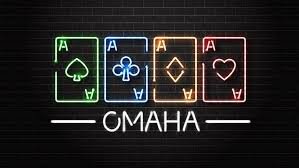poker game
Introduction to the Changing Landscape of Poker Poker, once regarded primarily as a game of chance, has transitioned into a complex strategic endeavor that challenges even the most seasoned players. […]
The Origins of the Legendary Poker Game The year 1881 marked a pivotal moment in the history of poker, as the longest continuous poker game commenced at the Birdcage Theater […]
Understanding the Basics of Action in Hold’em In the world of Texas Hold’em, particularly within a cash game setting, understanding the concept of ‘action’ is crucial for effective gameplay. The […]
Introduction to Omaha Poker Omaha poker is a captivating variation of traditional poker that has gained substantial popularity among enthusiasts, making it the second most played poker game after Texas […]
Introduction to Razz Razz is a unique variant of Seven Card Stud, distinguished primarily by its objective: to achieve the lowest possible hand rather than the highest, which is the […]
Introduction to Five Card Draw Poker Five Card Draw Poker stands as one of the classic variations of poker, particularly recognized for its role as a staple in home games. […]
Introduction to Omaha 8 Omaha 8, commonly referred to as Omaha Hi/Lo, stands as one of the most intriguing variants in the realm of poker, specifically characterized by its high/low […]
Introduction to 2-7 Triple Draw 2-7 Triple Draw is a distinctive variant of poker that has gained significant popularity within the poker community, particularly among players who appreciate the strategic […]
Understanding the Basics of Omaha Hi/Lo Omaha Hi/Lo, also known as Omaha Eight or Better, is a variant of the traditional Omaha poker game, which has garnered significant popularity in […]
-
Pages











